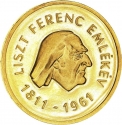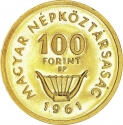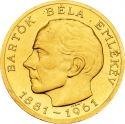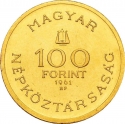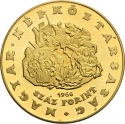You are about to finish your registration. Please check your mailbox (including spam folder). There should be a letter with a confirmation link. Check setting to make sure that your e-mail address is correct.
Send letter againDescription
The scouting movement, initiated by Robert Baden-Powell in 1907, reached Hungary by 1910, resulting in the establishment of the Hungarian Scout Association on December 28, 1912, led by Sándor Sík. Official activities commenced on April 12, 1913, with membership quickly growing to 3,000 nationwide by 1914. Despite a ban during the Hungarian Soviet Republic, scouting resurged after its collapse in September 1919, with Árpád Ravasz serving as president until 1921.
During the interwar period, under former Prime Minister Pál Teleki's guidance, scouting flourished as a prominent youth movement, boasting 8,000 members by 1926. Hungary played a significant role in the global scouting community, co-founding the World Organization of the Scout Movement and the World Association of Girl Guides and Girl Scouts in 1928. Hungarian scouts demonstrated their skills at international events, such as the 1924 World Scout Jamboree in Copenhagen.
World War II posed challenges to scouting, but Teleki's efforts sustained its operations until his death in 1941. Subsequently, the movement faced resistance from the Arrow Cross Party's attempts at assimilation. After the war, the Hungarian Communist Party aimed to dismantle scouting, leading to the prohibition of the Hungarian Scout Association in 1946 and the establishment of a communist-led organization.
Despite official suppression, former scouts clandestinely upheld scouting values, while Hungarian scouting continued abroad. With the regime change in 1989, scouting underwent a revival, culminating in the re-registration of the Hungarian Scout Association on February 11, 1989, signaling a new chapter for scouting in Hungary and neighboring countries.
Engraver: Zoltán Tóth
Obverse

|
Depicts the half-figure of a scout, blowing a bugle, shown in the left-profile view. At the bottom, the engraver's privy mark is visible. Encircling the edge is the inscription "HUNGARIAN SCOUT ASSOCIATION" in a circular pattern. MAGYAR CSERKÉSZSZÖVETSÉG |
|---|---|
Reverse

|
Depicts the Hungarian scout lily, with its three branches held together by the Hungarian Holy Crown. To the right of the central branch of the scout lily is the year of issue "2012," and to the left is the mint mark "Bp." To the left of the scout lily, arranged in horizontal rows, are the denomination and the inscription "FORINT." The inscription "HUNGARY" is featured in the upper rim. MAGYARORSZÁG |
| Edge |
100 Forint
100th Anniversary of the Hungarian Scout Association
KM# 844 Adamo# EM253
100th Anniversary of the Hungarian Scout Association
Characteristics
| Type | Commemorative Issue (Circulating) |
| Material | Cupronickel |
| Weight | 10 g |
| Diameter | 30 mm |
| Thickness | 2.5 mm |
| Shape |
|
| Sides | 12 |
| Alignment | Medal |
| Mint |
Budapest Mint (BP)
|


